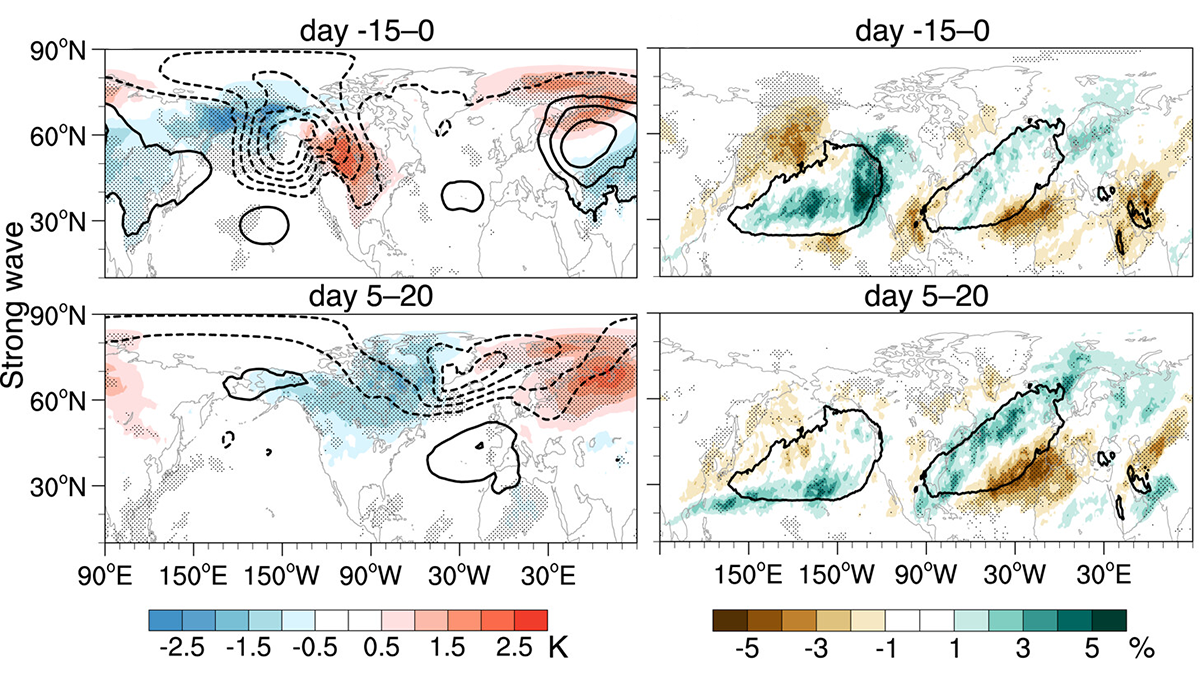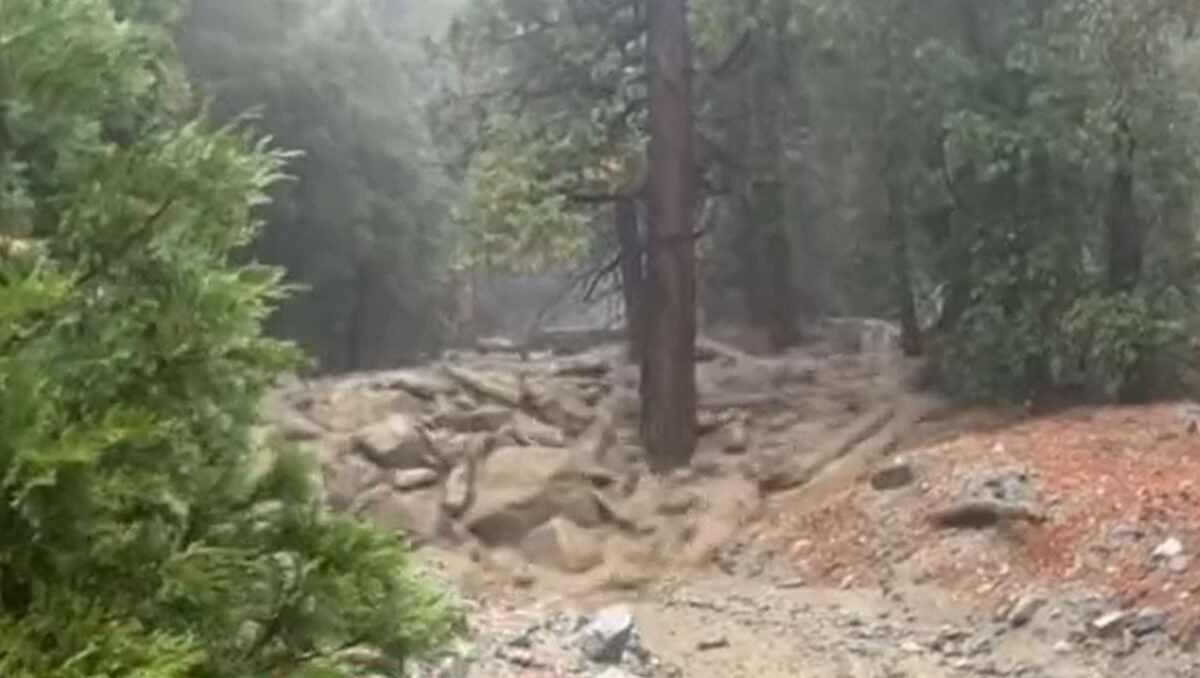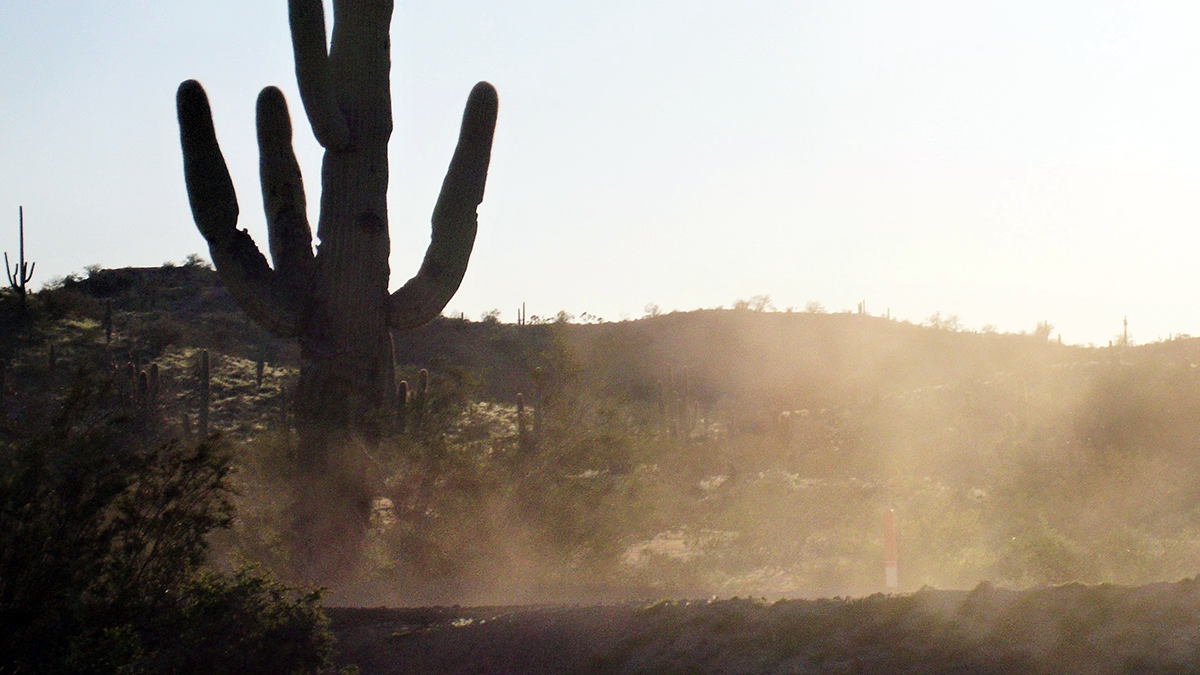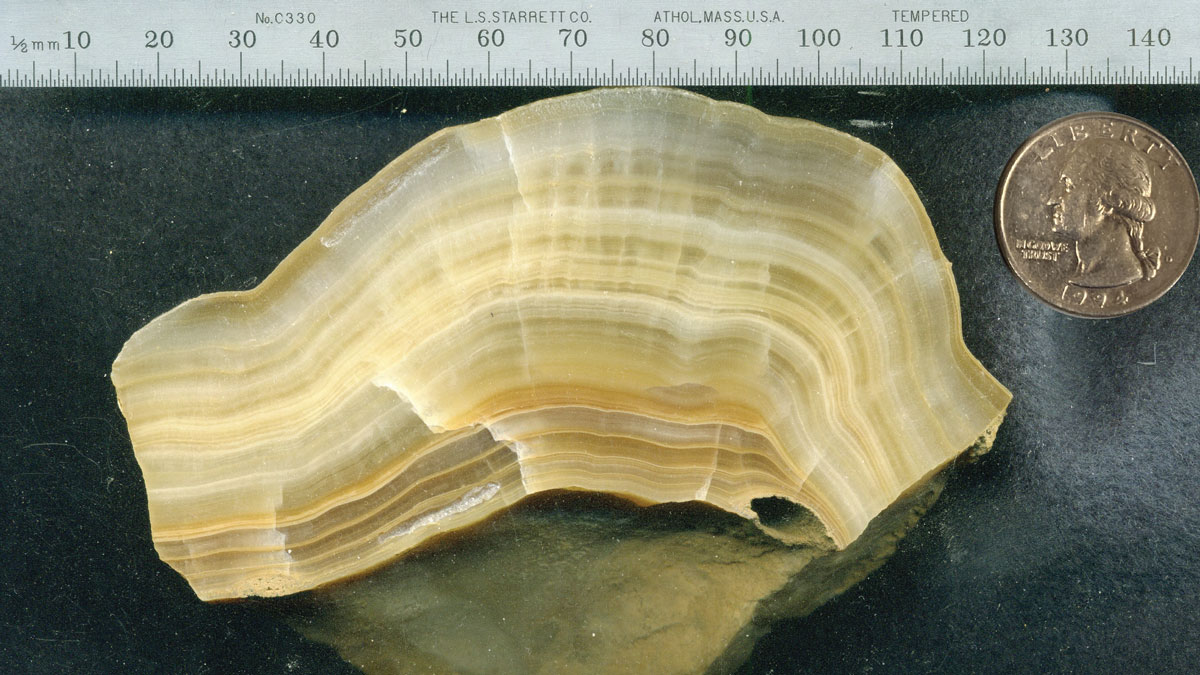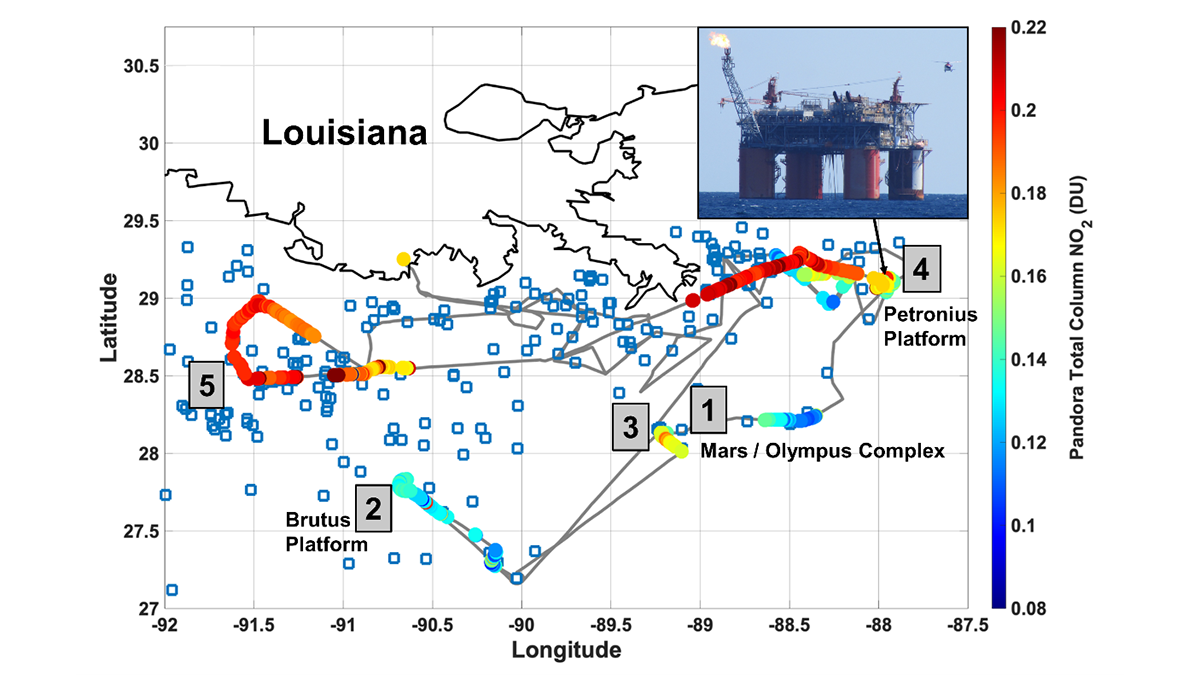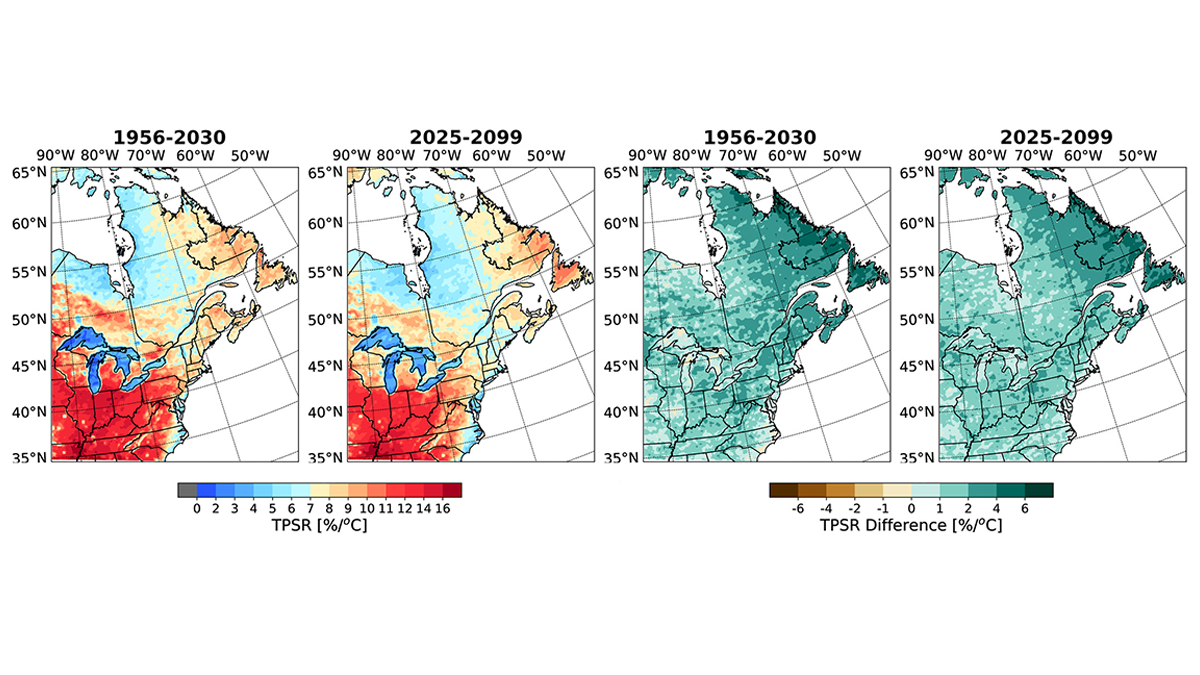A new study quantifies the tropospheric and surface impacts of extreme stratospheric wave events and evaluates their representation in state-of-the-art climate models.
North America
Mudslides and debris flows triggered by Storm Hilary
Videos of debris flows and mudflows from Storm Hilary.
Danger in the Dust! The Hazards of Windblown Dust
Airborne dust not only causes disease, it also menaces transportation on land, sea, and air; disrupts renewable energy systems; transports pathogens and toxic substances; and poses many other hazards.
Tracking Marine Heat Waves
Heat waves can happen in the depths, invisible at the ocean surface.
Wisconsin Stalagmite Records North American Warming
A speleothem has revealed rapid periods of warming across the interior of the continent during the last glacial period, corresponding to similar events recorded in Greenland ice.
Remote Sensors See NO2 ‘Hot Spots’ from Offshore Oil Activity
Satellites can see NO2 pollution from space, but can they detect individual oil and natural gas operations, and are the measurements accurate?
Rate of Temperature–Precipitation Scaling in Rainfall Events
Future extreme rain will be embedded in shorter, more convective dominant rainfall events in the northeastern region of North America, leading to larger rate in future temperature-precipitation scaling.
Boreal Trees May Grow Faster Due to Climate Change
Enhanced tree growth could significantly offset carbon emissions, but some researchers say it’s not enough to compete with forest disturbances.
El derretimiento del hielo marino del océano Ártico potencia las mareas
Si el cambio climático anula el ciclo estacional de hielo y deshielo, se desencadenaría un ciclo de retroalimentación de derretimiento del hielo marino en algunas partes del Ártico canadiense.
A Drier or Wetter Future for Southwestern North America?
Bhattacharya et al. present evidence that expansion of the North American Monsoon explains a wetter southwest in the mid-Pliocene and suggest this mechanism can explain current monsoon variations.

